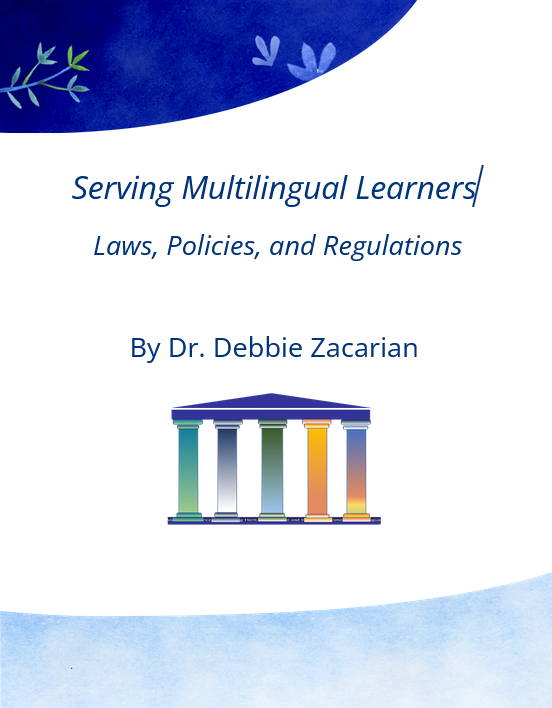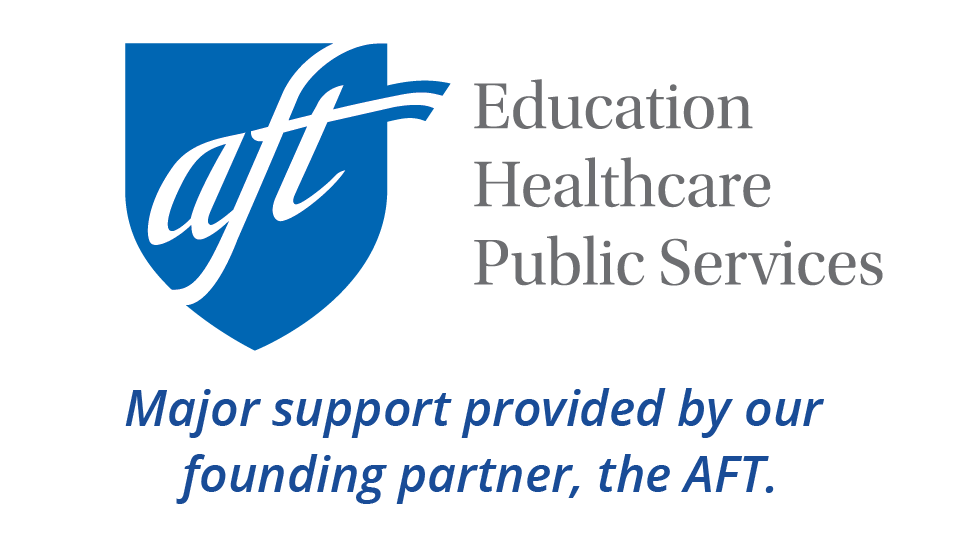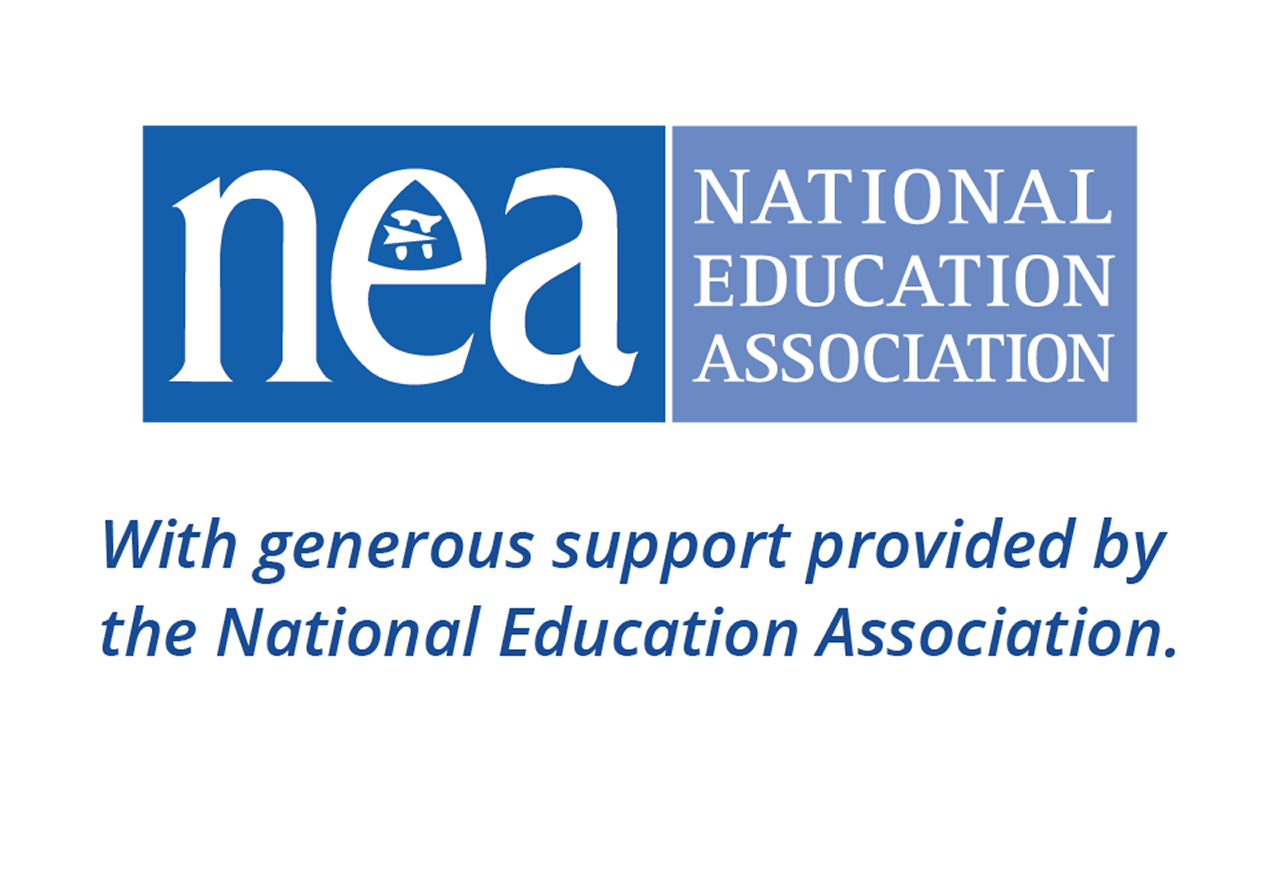The fifth key topic of the Dear Colleague Letter focuses on avoiding unnecessary segregation of MLs. According to the Dear Colleague Letter, "EL programs may not unjustifiably segregate students on the basis of national origin or EL status" (U.S. Departments of Justice and Education, 2015, p. 22).
A Note on Terminology
The strengths-based term multilingual learner is used throughout this document to recognize and value students' existing language abilities and highlight what they know. Keep in mind that states may use different terms and that many federal documents use the terms "English learner" and "Limited English Proficient students."
See the federal definition of a multilingual learner in Who Are Multilingual Learners?
Guiding Questions
Download this guide
 This guide is also available in a PDF version for download and printing.
This guide is also available in a PDF version for download and printing.
- What does inclusion mean for MLs?
- What kinds of targeted support or instruction are appropriate for MLs?
- What action steps should be taken to avoid unnecessary segregation?
Inclusion: What Does It Mean for MLs?
It is always important to explore this question across all that occurs with MLs. Many of us might not realize its special significance. This is especially true when our emphasis is wholly on the speed by which MLs learn English. It is also true that many MLs continue to feel segregated from their peers before, during, and after school and that MLs may not report the bullying they experience. Exploring this question can provide us with important information to transform our thinking toward being more inclusive, as seen in this case study.
See additional resources in English Learner Toolkit: Chapter 5, as well as in Colorín Colorado’s resources related to preventing the bullying of MLs.
Case Study: Why do we have to leave the room? |
|---|
A group of educators was invited to discuss a question that second-grade students asked their ESL teacher: Why did they have to be separated from their peers during their ESL class? While a simple response might have been, "So you can learn English," it is critical to carefully consider how we can support the equity and inclusion of all students. Discussion QuestionsThe kinds of questions that the group of educators explored included:
|
Tools for Educators
These tools can support educators in their work related to avoiding unnecessary segregation of MLs. A printable version of these questions is available in the PDF version of this guide.
Action Steps: Assessing Unnecessary Segregation of MLs |
|---|
Every local education agency (i.e., school and district) should review their practices in order to ensure that MLs are not unnecessarily segregated in school settings. The following action steps, drawn from Zacarian (2023, p. 192) are intended to support this type of review and strengthen language assistance programming.
|
Copyright© 2023 by Corwin. All rights reserved. Adapted from Transforming Schools for Multilingual Learners: A Comprehensive Guide for Educators, Second Edition by Debbie Zacarian. Thousand Oaks, CA: Corwin, www.corwin.com. Posted with permission from Corwin Press.
Video: How a Community School Helps ELLs Succeed
This video project highlights how community schools can help supporing all students, including English Language Learners (ELLs). Visit Wolfe Street Academy in Baltimore, MD, a school with more than 76% ELLs, to see how this community school is supporting its students and families through programs and services that include dental screenings, food giveaways, after-school activities, and much, much more.










Add new comment